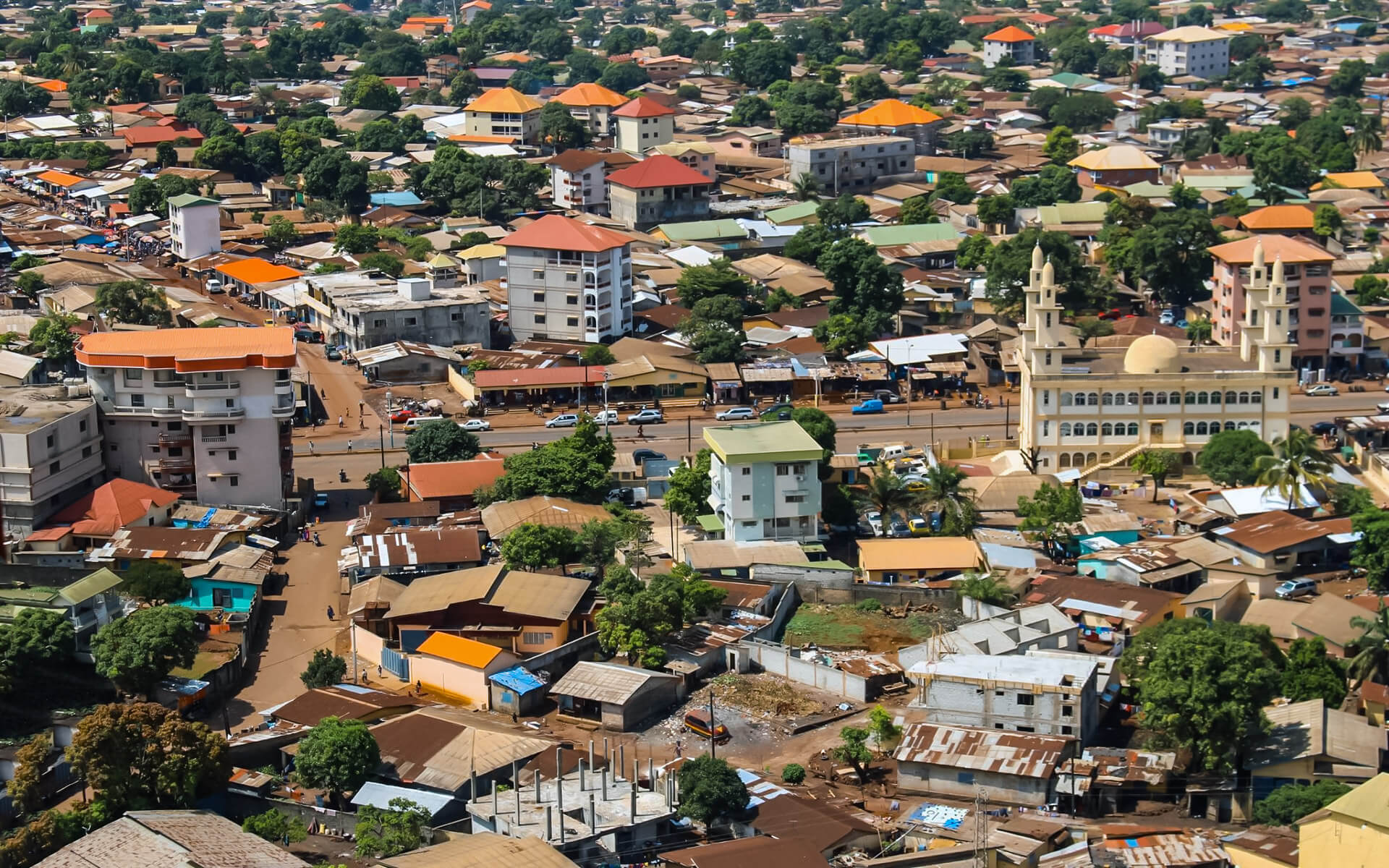Guinea’s capital and biggest city is Conakry. Conakry, Guinea’s commercial, financial, and cultural capital, is a port city on the Atlantic Ocean.
Conakry’s present population is difficult to determine, however the US Bureau of African Affairs estimates it at 2 million. Conakry is estimated to house over a quarter of Guinea’s population.
Visiting the adjacent Îles de Los (Loose Islands), which have beautiful beaches and lush woods, is a popular option to get away from the city. The fish market behind the Novotel Hotel is where the boats depart.
The Grand Mosque of Conakry. It was built in 1982 by Guinea’s first president, Ahmed Sékou Touré, and is one of Sub-Saharan Africa’s biggest.
Guinea’s National Museum is located in Conakry. In 1960, soon after the country’s independence, it was founded. It offers exhibits about Guinea’s anthropology and prehistory, as well as a large collection of masks and fetishes, as well as a variety of art.
Conakry Botanical Garden is a botanical garden in Conakry, Guinea. Monument du 22 Novembre 1970 is known for its kapok trees. The triumph of the attempted coup led by Portuguese forces in 1970, known as Operation Green Sea, is commemorated.
Waterfalls of Soumba (Two hour drive out of the city a short distance past Dubreka). To build up an appetite, go for a swim. There is also a restaurant where you may have a delicious lunch while listening to the roar of the river.


